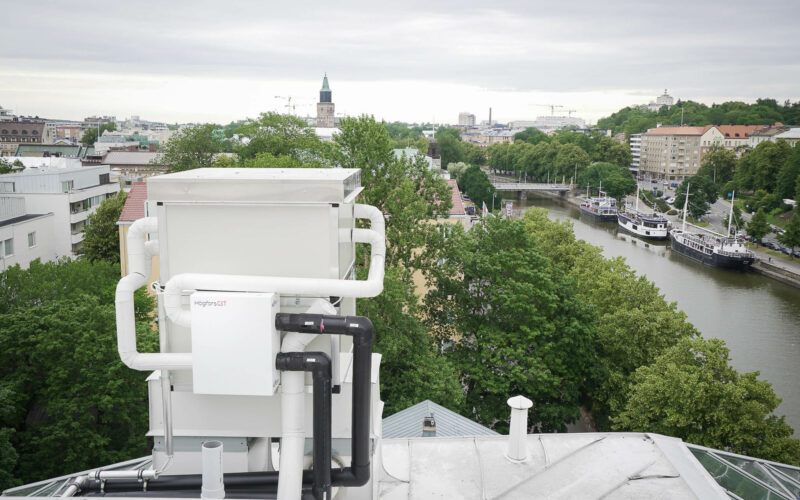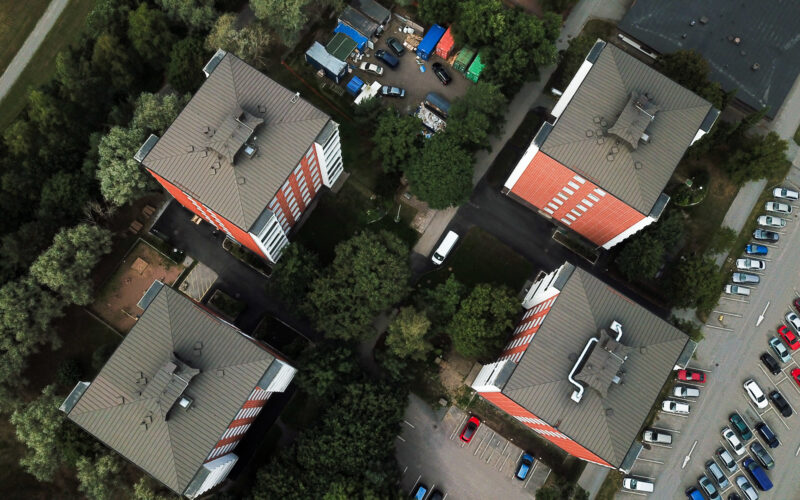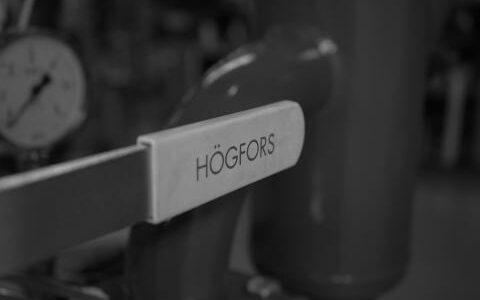In the world of district heating, the customers’ heating equipment bear a more significant role than expected. The quality of the equipment, as well as their smart data sharing abilities can have a major impact on how efficiently the whole system runs. One could say that the customers’ equipment is at least as important as the rest of the district heating infrastructure. This is why the district heating companies should invest not only to the production and heat distribution infrastructure, but also to customer equipment. The first step would be to encourage their customers to modernize their heating equipment by offering monetary incentives.

In the Finnish district heating community, HögforsGST has been quite vocal about offering a so-called scrapping premium to replace old district heating substations with modern ones. When a customer updates their old equipment to modern and efficient one, we think they should be rewarded in some way. After all, the modernization of district heating equipment is good for the climate in the same way than replacing your old polluting car with a new one with lower emissions. Car buyers have enjoyed scrapping premiums in the past, so why wouldn’t we extend this well-working system to district heating as well?
Read more about our thoughts on scrapping premium!
Lower temperatures are a step in the right direction
Measuring and optimizing district heating equipment’s performance with smart sensors is getting more and more popular. The biggest reason for the change is that we want to make the district heating equipment to utilize the district energy as efficiently as possible before returning it back to the district heating grid. The efficiency often culminates to the absolute value of the return temperature. Lower return temperature allows many developments to the district heating system, lower supply temperatures being one of them. The Finnish energy industry is striving to reach lower temperatures, and the latest proof of this is the recently updated district heating regulations and guidelines document, which now requires 25 degrees lower supply temperatures than before.
As the average temperature of the system drops, heat losses are minimized, and the energy consumption of the circulation pumps also drops. Lower return temperatures also allow for more efficient utilization of heat recovery through flue gas scrubbers. This helps to lower both CO2 emissions as well as the consumption of e.g., coal or other expensive fuels for energy production.
In addition to the aforementioned examples, the use of waste heat for district heating purposes from data centers, industry or the production of green hydrogen, for example, is made possible with lower temperatures in the district heating network. Also, the capacity of district heating batteries and energy storages is bigger with lower operating temperatures. This improves the security of supply and allows for smoother sector integration process between different energy systems. 4th Generation District Heating (4GDH) comprises of all of these things: better efficiency, lower emissions and new energy sources that can be connected to the district heating system!

4th Generation District heating system is smart, efficient and utilizes several heat sources, such as heat pumps and waste heat
District heating as a service – better service, data and energy efficiency
Numerous district heating companies in Finland as well as in other countries have introduced Heating as a Service concept (HaaS) to their product portfolio. In HaaS model, the energy company delivers the district heating substation to the customer and takes care of the customer’s heating. The customer pays a monthly fee, which includes e.g., the monitoring, optimization and maintenance of the heating system. As the energy vendor enables efficient use of energy for the customer, as well as energy savings, the customer gets loads of added value.
For the energy companies, the most sensible option is to provide HaaS customers with modern equipment that can share real-time data on how the system operates. In this case, the energy company gets better data out of their customers, which they can use to improve the efficiency of their production and distribution. HaaS model also improves customer profitability, quality of service and the communication between the energy company and the customer, not to mention the improvements to the security of supply.
At HögforsGST, we bear our responsibility in the fight against climate change and in the common effort of improving our security of energy supply. Our contribution is to develop and deliver modern heating equipment that are of highest quality, distributing both heat and data alike.
Our FiksuGST smart substation serves as a perfect example. In addition to its smart features, FiksuGST can be equipped with the Mid-Cooling Connection, a groundbreaking innovation that utilizes the district heating supply energy more efficiently and lowers the return temperature significantly. What’s even better: the cost of an MCC equipped substation compared to a well-instrumented “regular” substation is relatively small, and the payback period for the investment is short. In addition to FiksuGST, our customers have been excited about our HybridHEAT products, which combine multiple heat sources into one system with unmatched efficiency.
Contact our experts to learn more about how your building can save energy!






